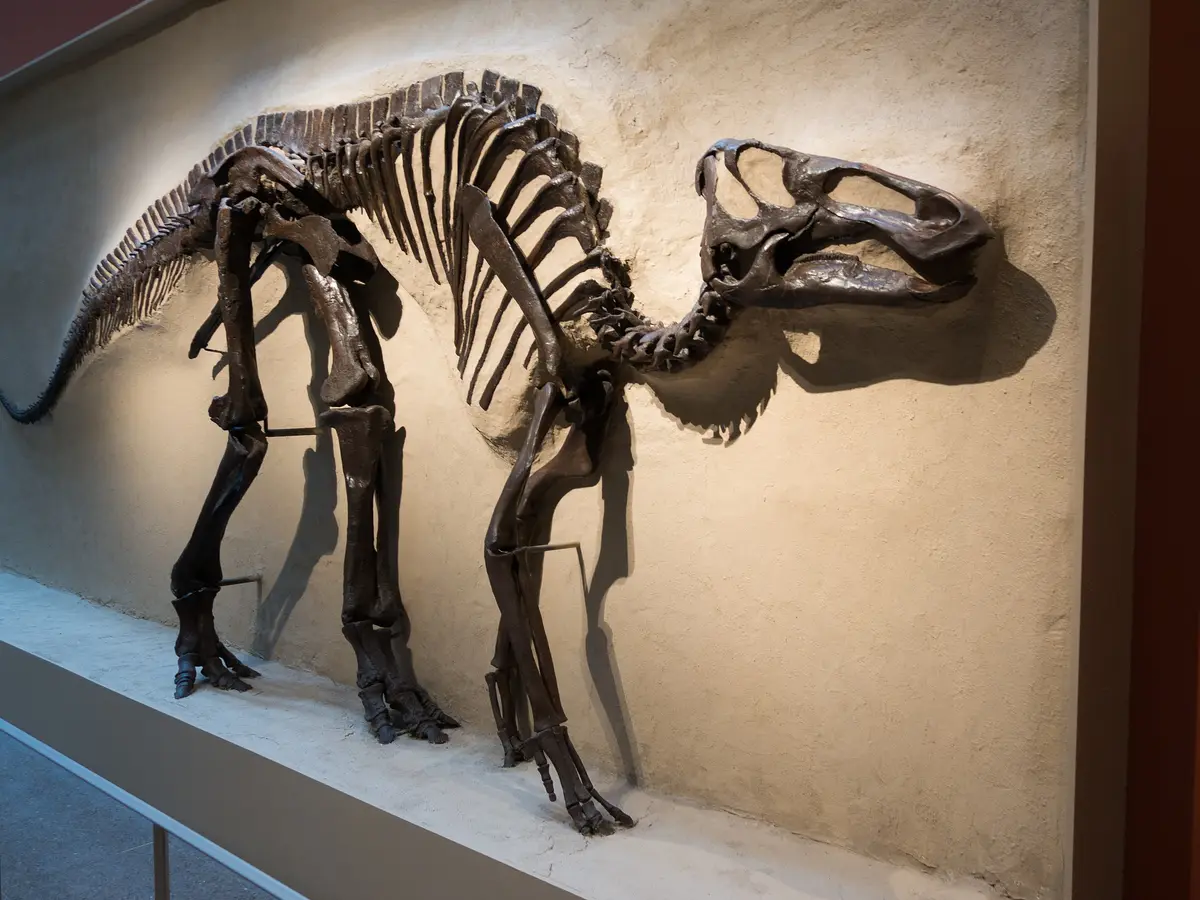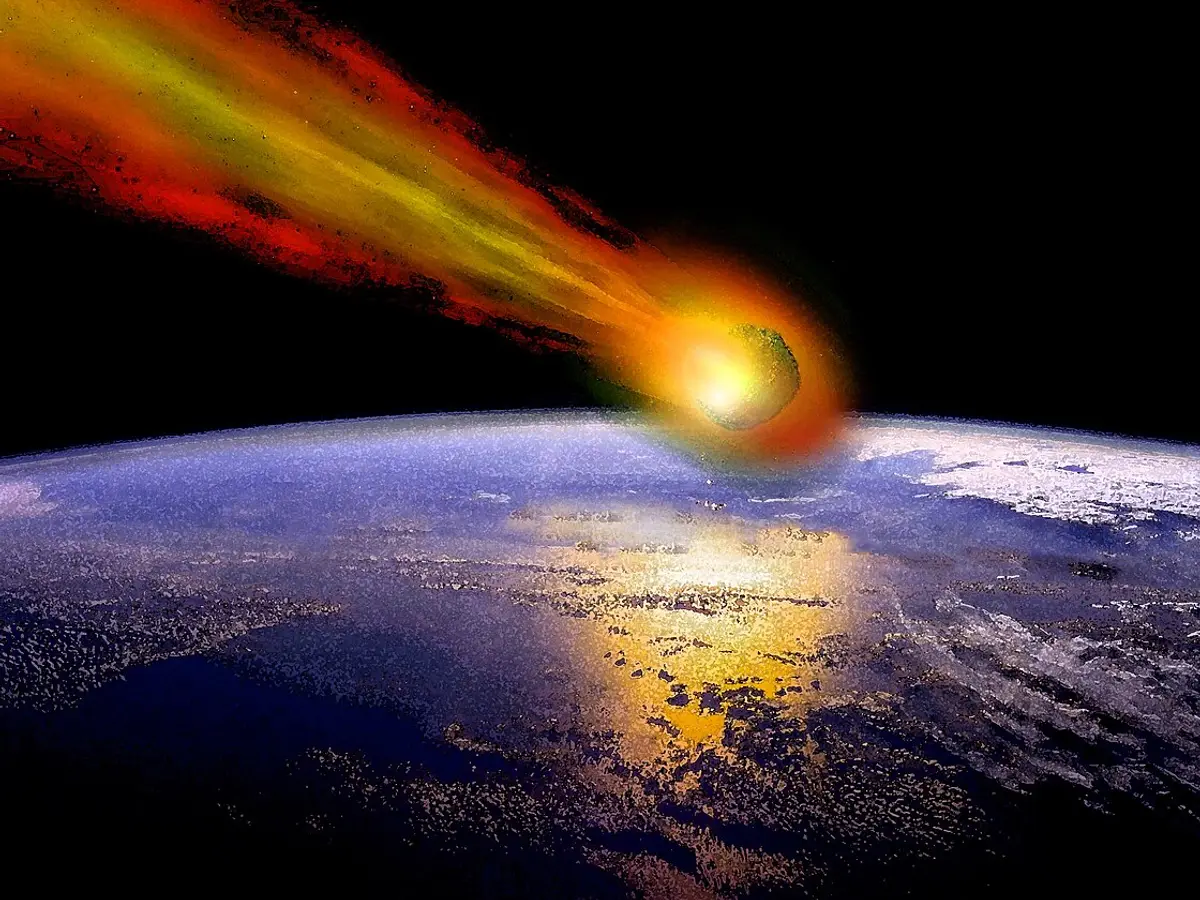Unbelievable Greenland Flood Reveals Hidden Forces Beneath Ice Sheets!

In a groundbreaking discovery that could change everything we thought we knew about climate change, scientists have observed a dramatic subglacial flood in Greenland—an event never documented before! This extraordinary phenomenon, published in the journal Nature Geoscience, showcases the staggering power of meltwater trapped beneath the ice sheet, challenging existing theories on ice dynamics.
Imagine a flood so massive that it creates a 278-feet-deep crater in the ice, covering an area of 0.7 square miles and releasing a mind-boggling 23 billion gallons of water—equivalent to nine hours of Niagara Falls at peak flow! This event isn’t just a scientific curiosity; it raises urgent questions about the effects of climate change on our planet's ice sheets and the broader implications for global sea levels.
Jade Bowling, a PhD candidate at Lancaster University and lead author of the study, expressed the surprise that rippled through the research community. Initially, many skeptically analyzed the data, wondering if it was accurate. But upon thorough examination, the astonishing truth emerged: a substantial flood had erupted from beneath the ice, exposing critical gaps in our understanding of subglacial processes. The existence of these hidden lakes beneath Greenland’s ice had already been discovered in recent years, but their behavior and impact remained largely a mystery—until now.
Utilizing advanced data from European Space Agency and NASA satellites, researchers constructed intricate three-dimensional models of the affected region. What they found was staggering: in just ten days in 2014, a vast area of fractured ice emerged, more than twice the size of Central Park. This massive disruption prompted scientists to rethink how often such floods might occur and what they mean for the stability of the ice sheet.
As global warming continues to escalate, the urgency of this research becomes even more apparent. The implications extend far beyond Greenland; they point to the critical need for enhanced monitoring of subglacial processes to better predict future climate changes. Mal McMillan, another researcher from Lancaster University, highlighted how crucial satellite technology is for gathering data that informs realistic models of our planet's evolving ice-covered regions.
Scientists are now navigating uncharted territory, eager to understand how frequently these hidden lakes drain and their effects on the ice sheet's stability. The insights gained from this remarkable event could reshape our entire approach to climate change, providing essential data to forecast future dynamics of ice sheets and global sea-level rise.
With every new finding, questions linger. What other mysteries lurk beneath the ice? How will this newfound knowledge shape our responses to climate change? As we delve deeper into this uncharted scientific territory, one thing is clear: the quest for answers begins now!


























